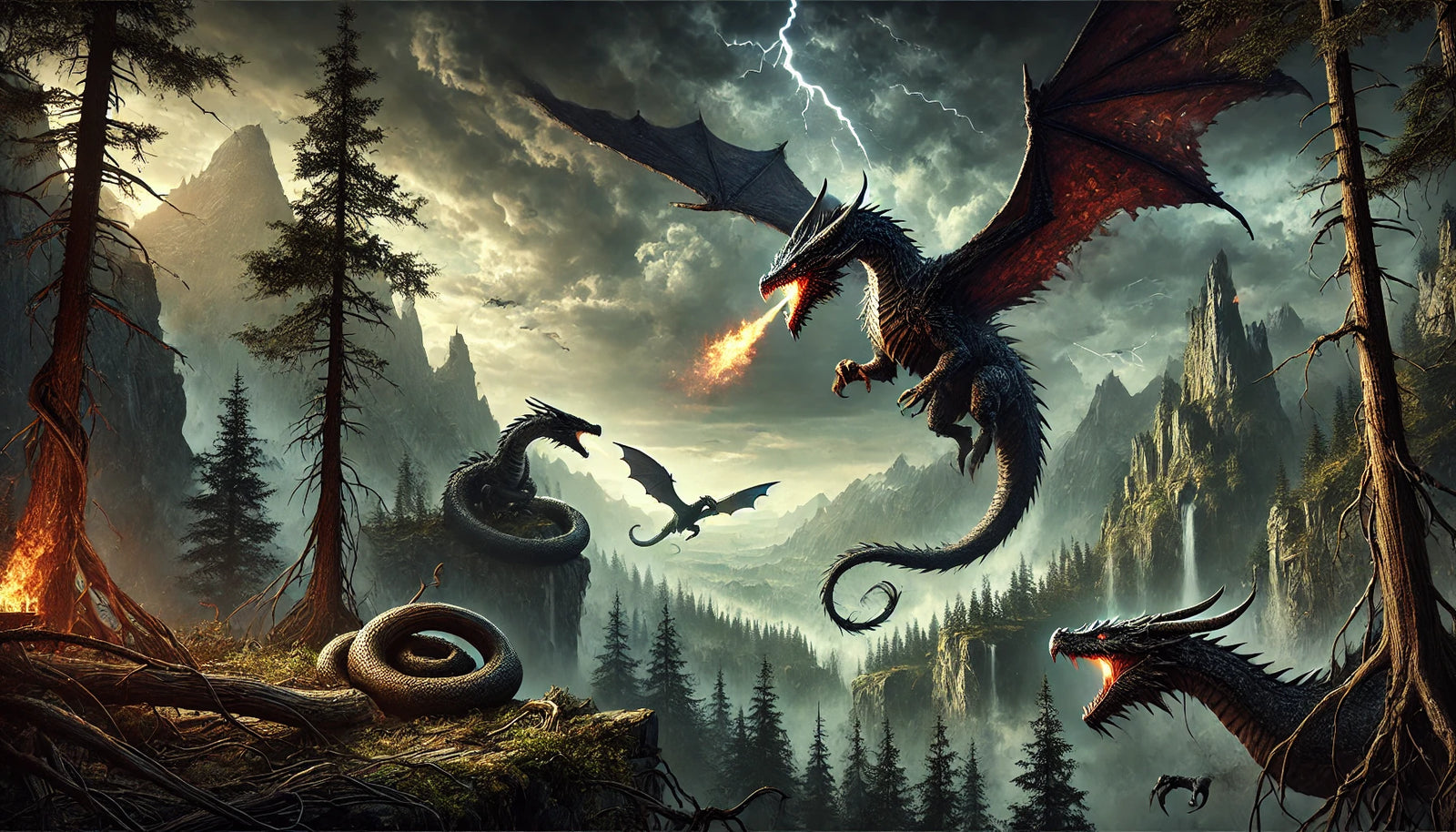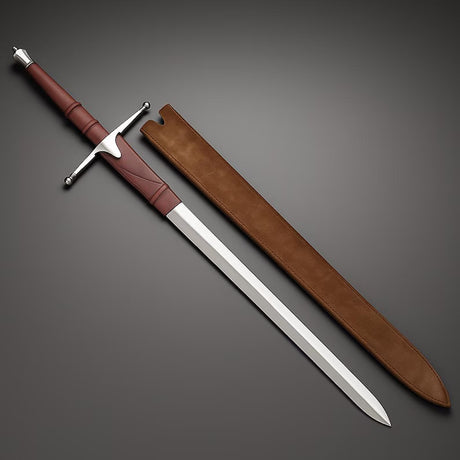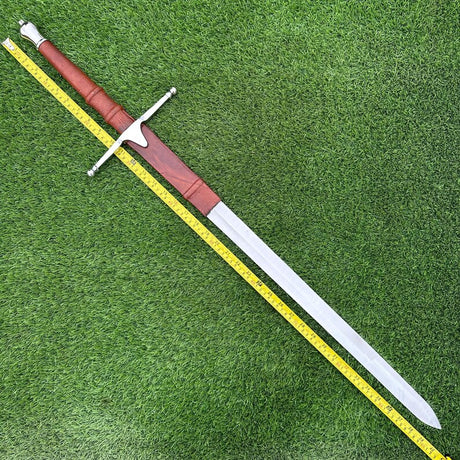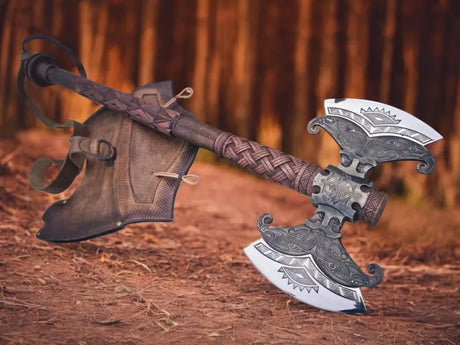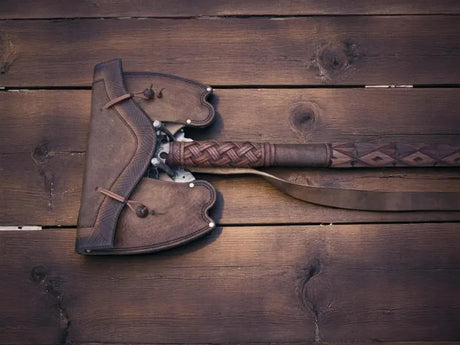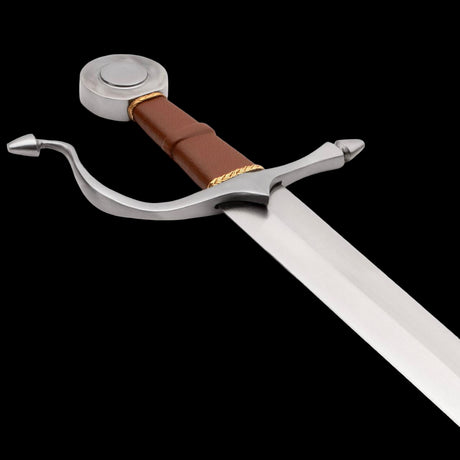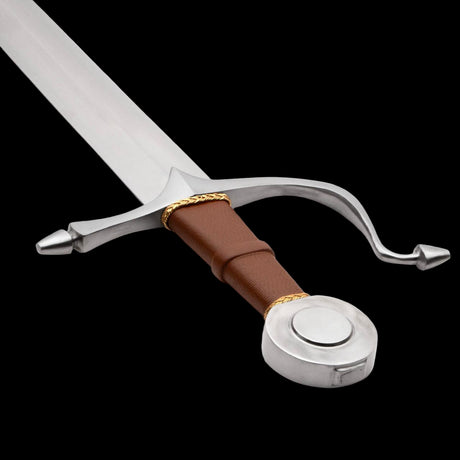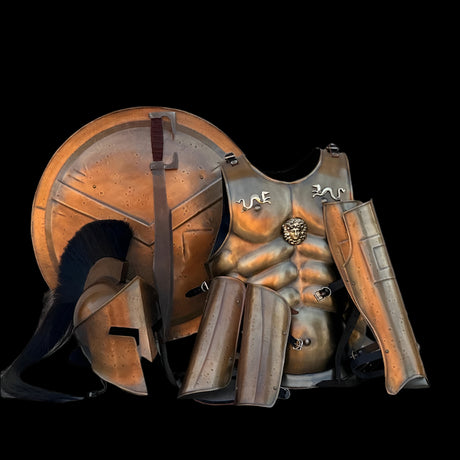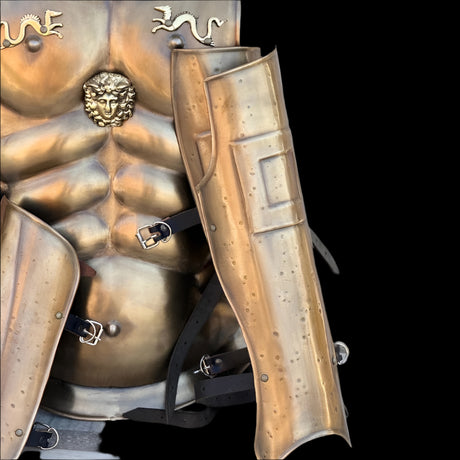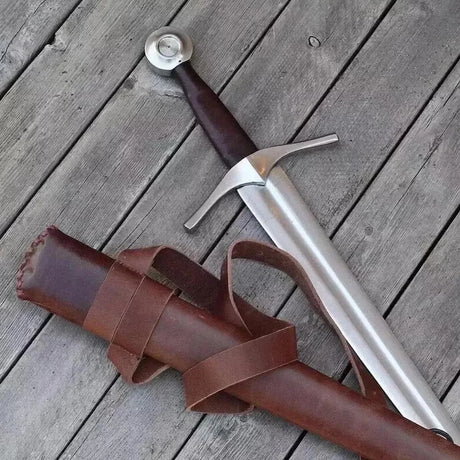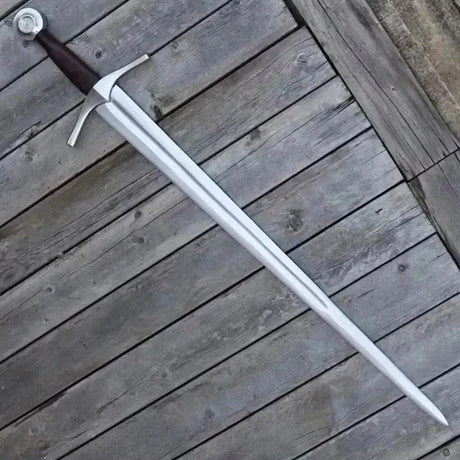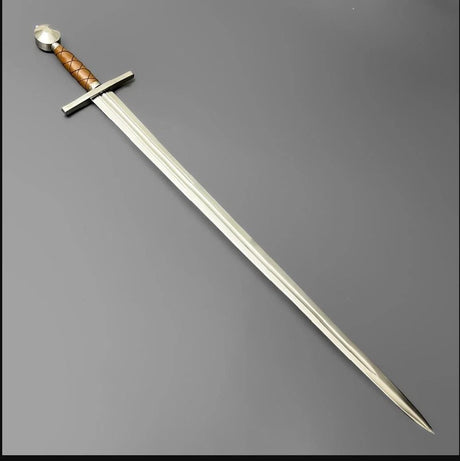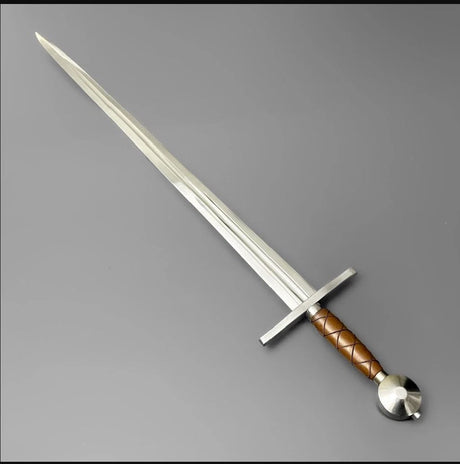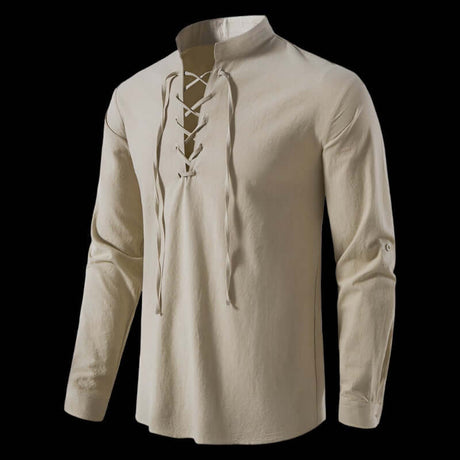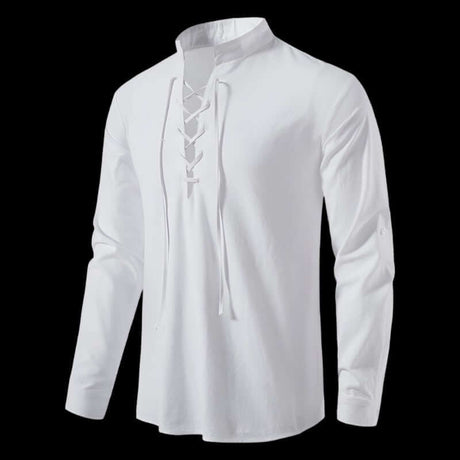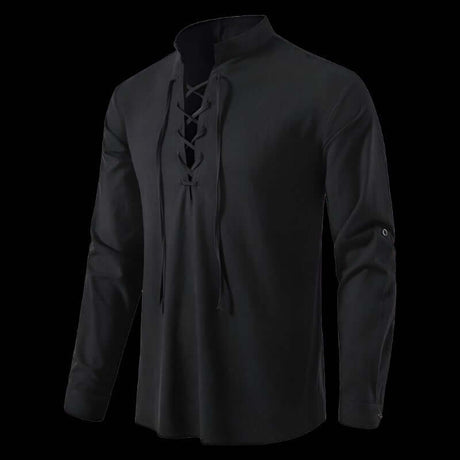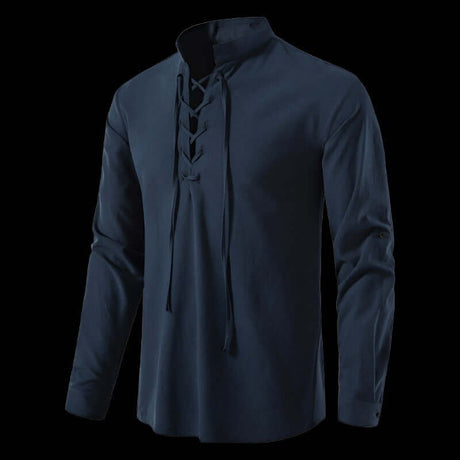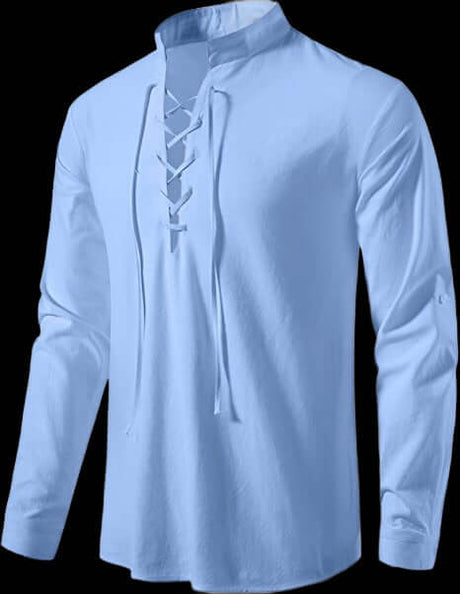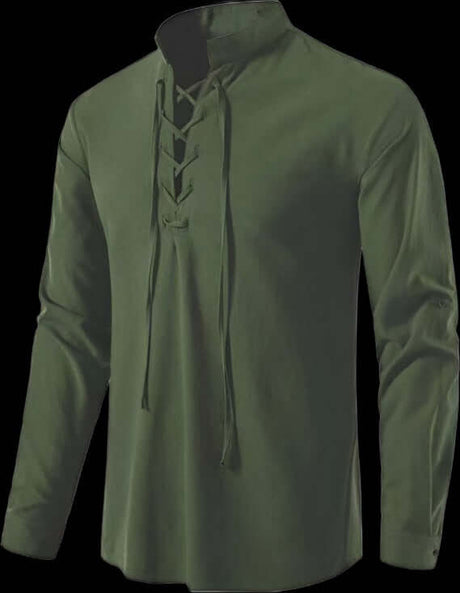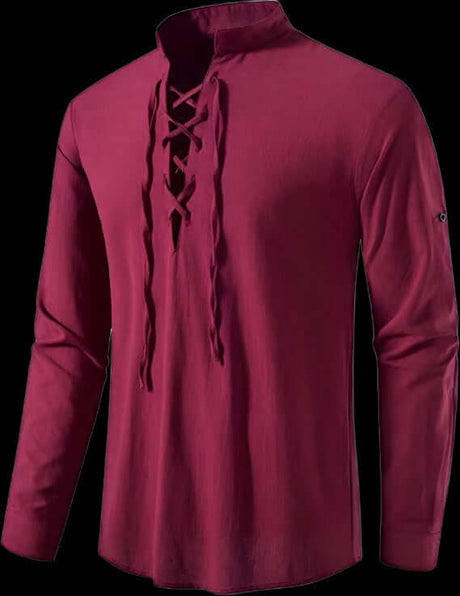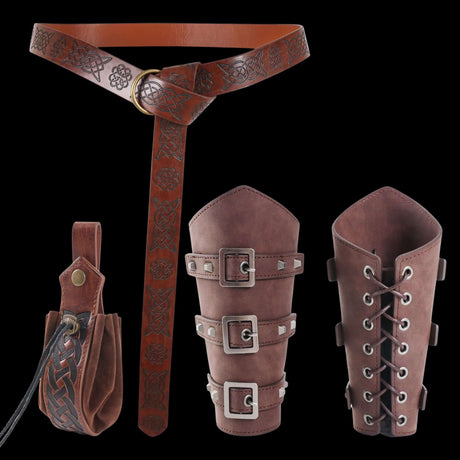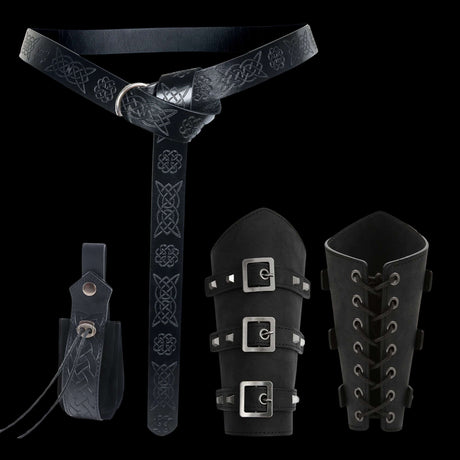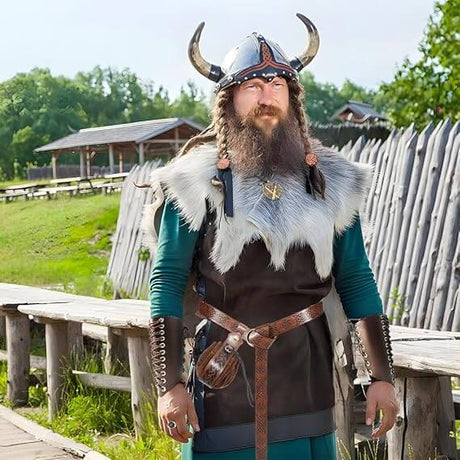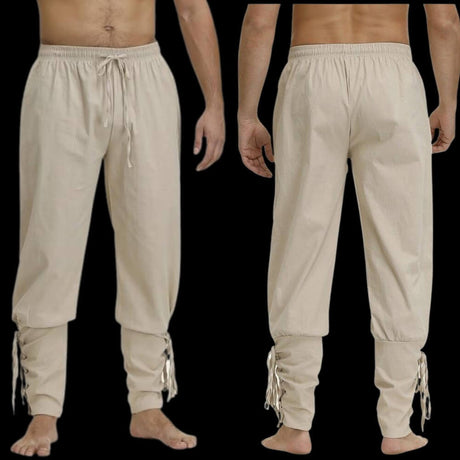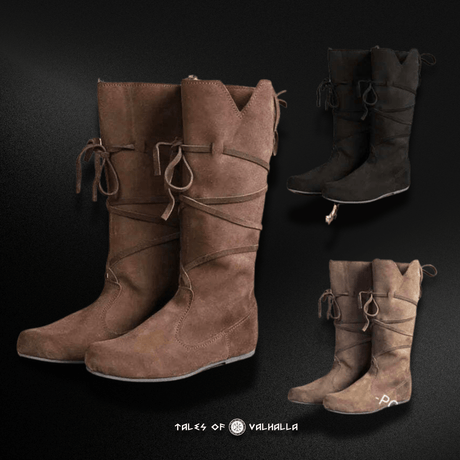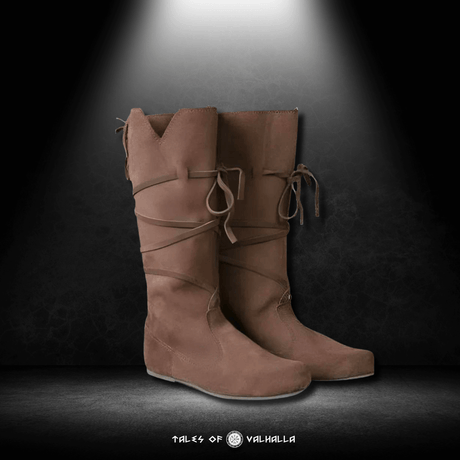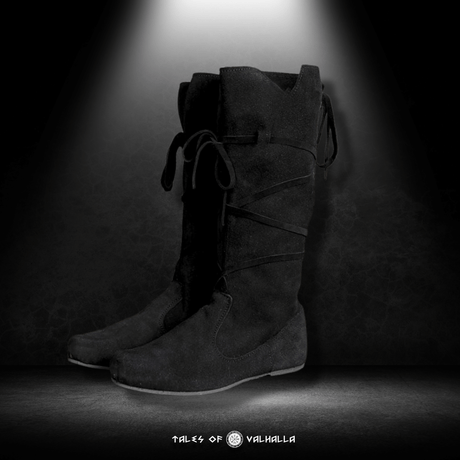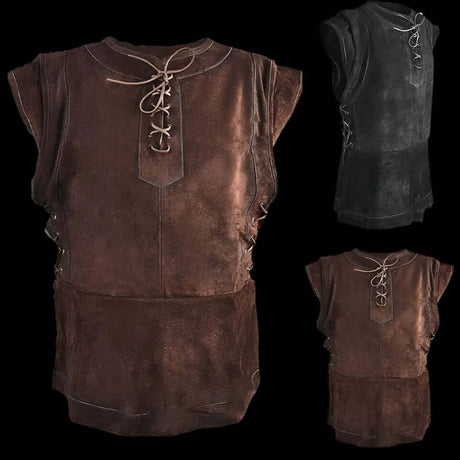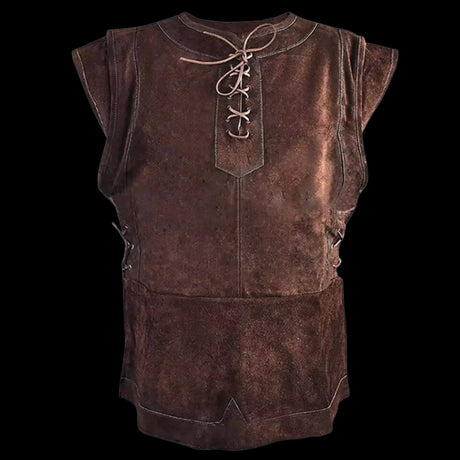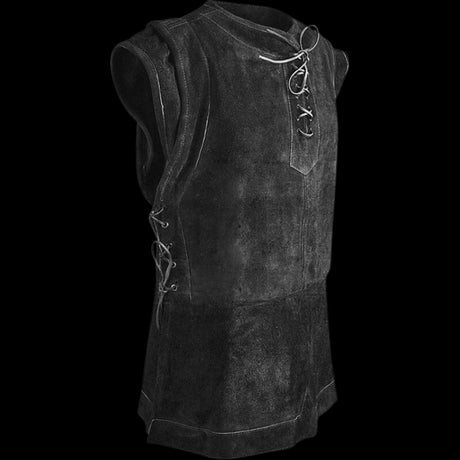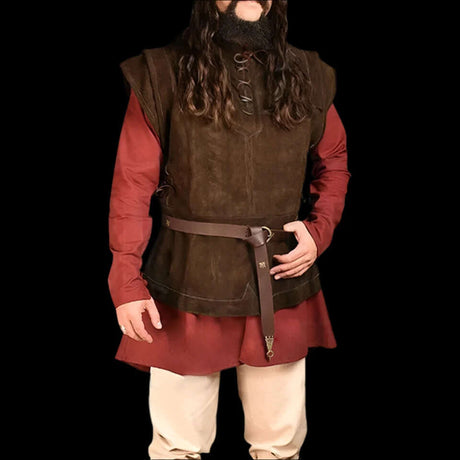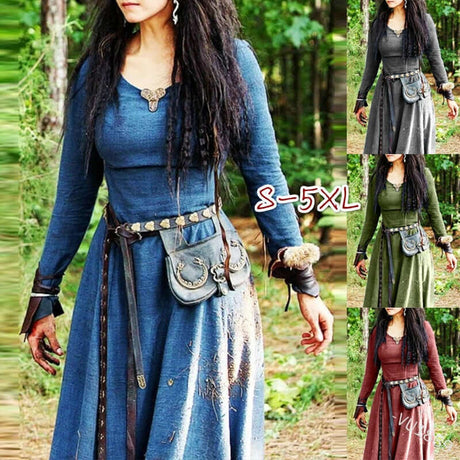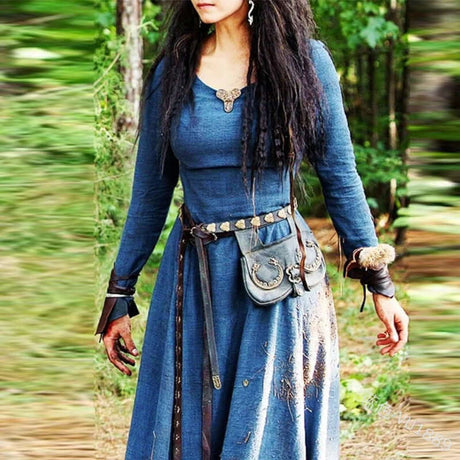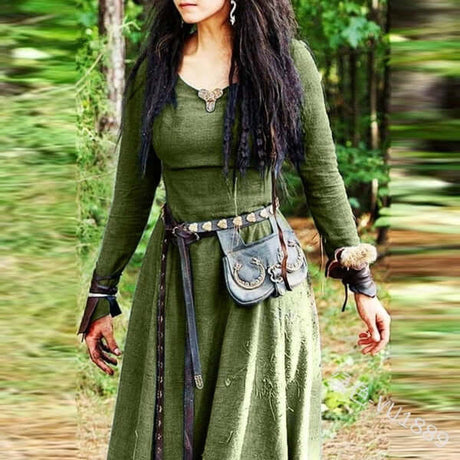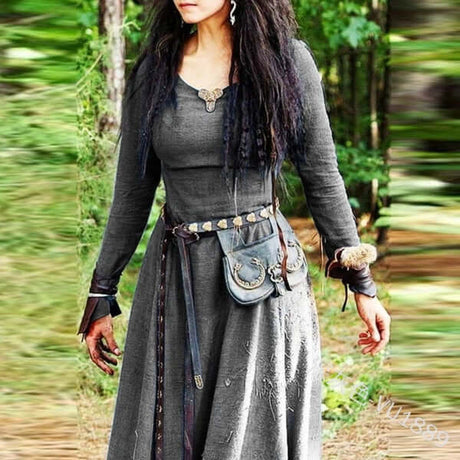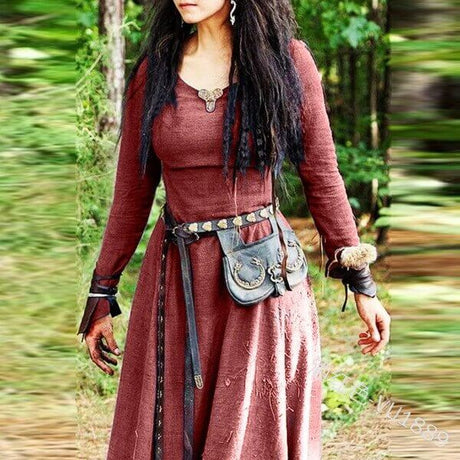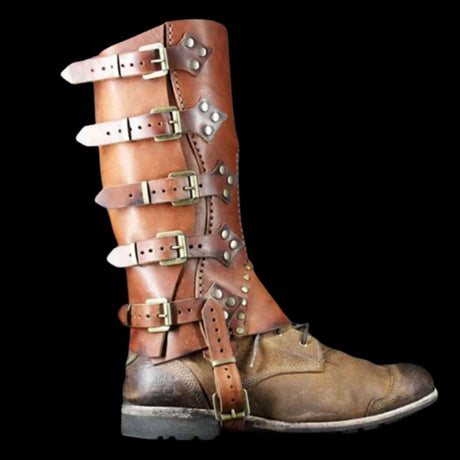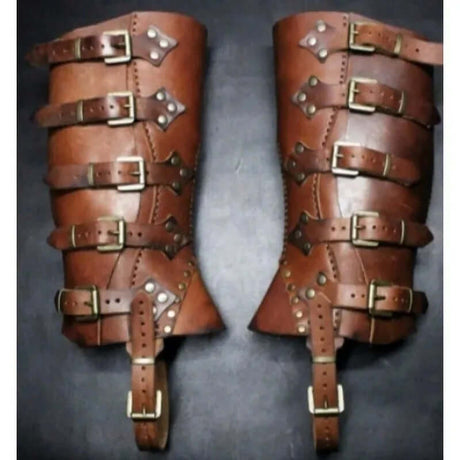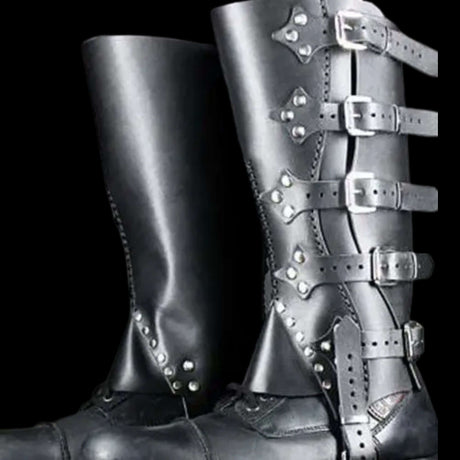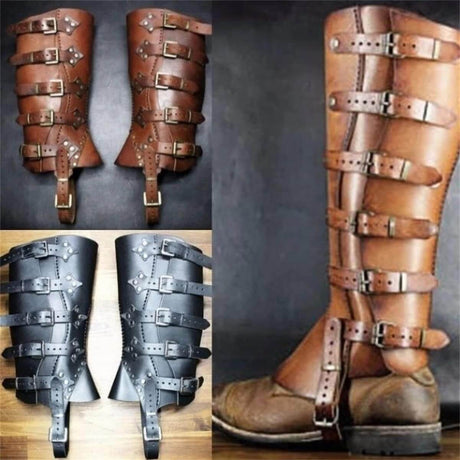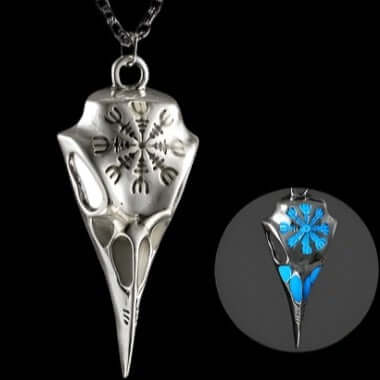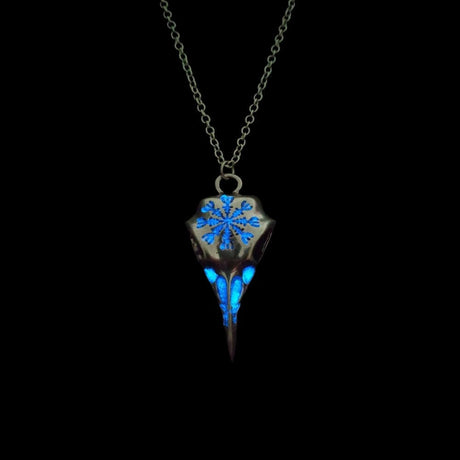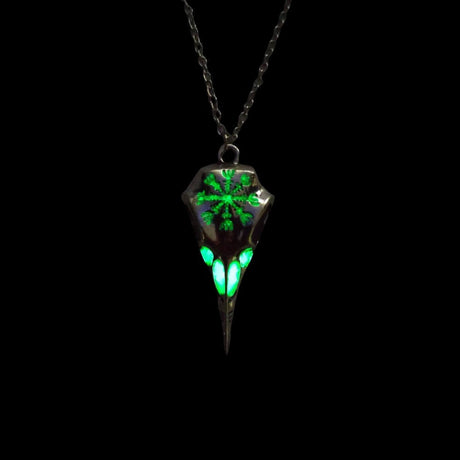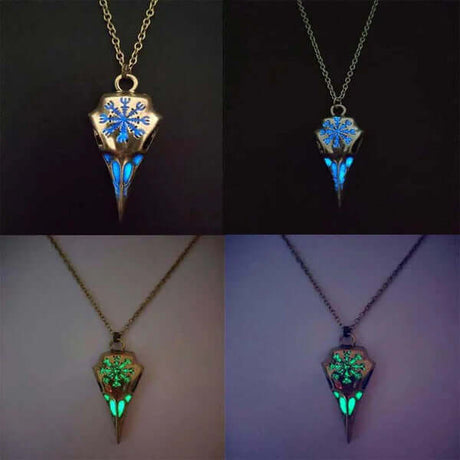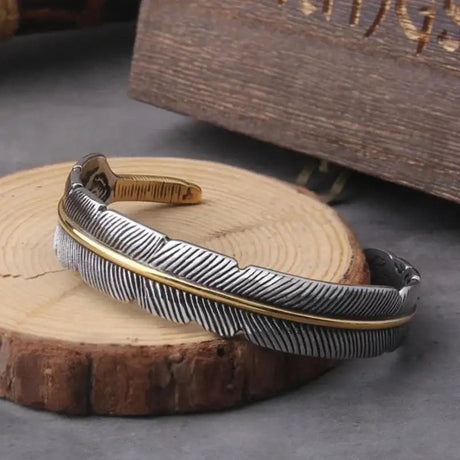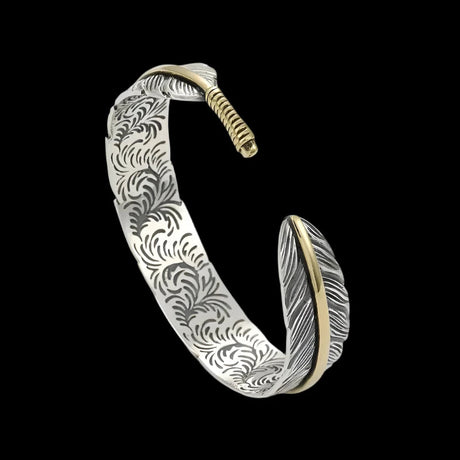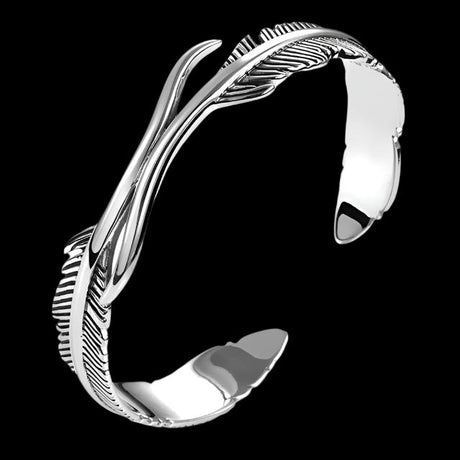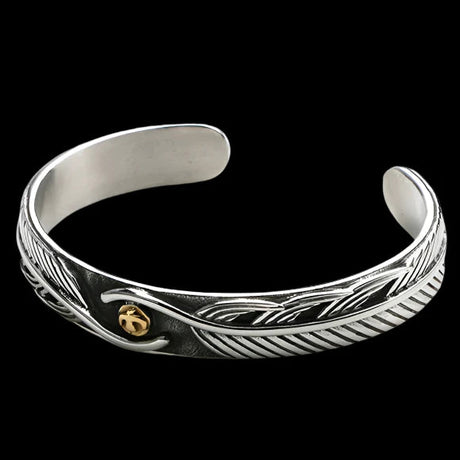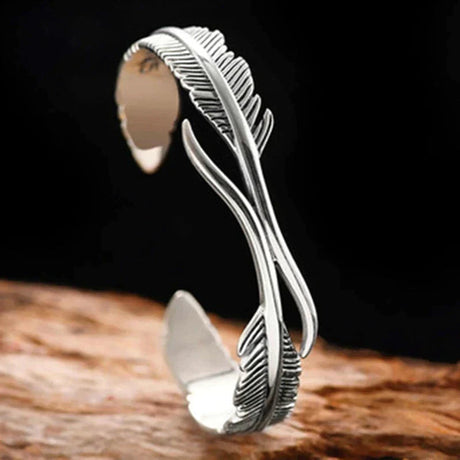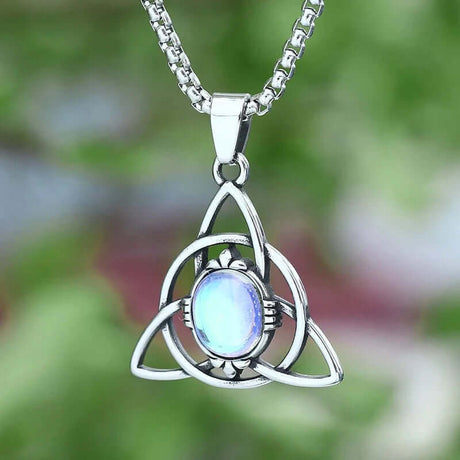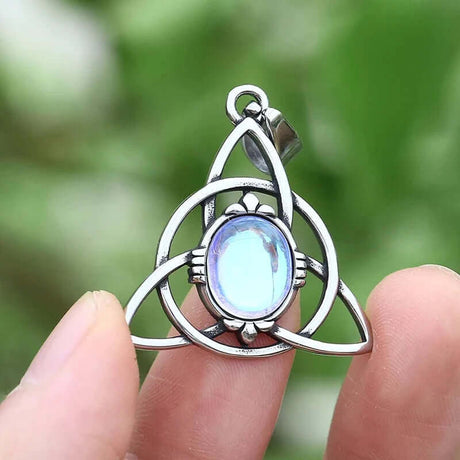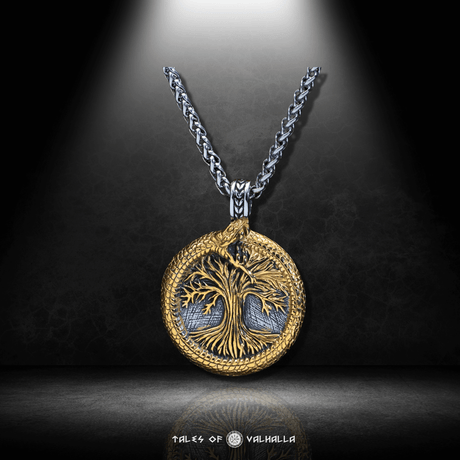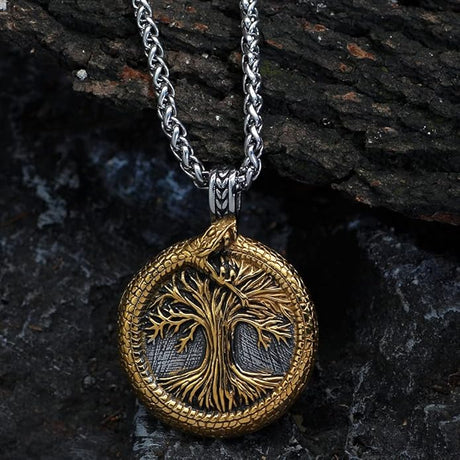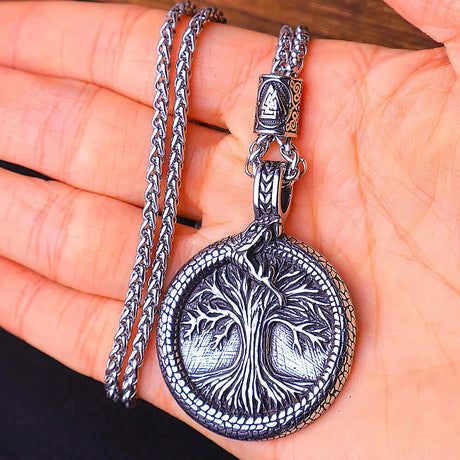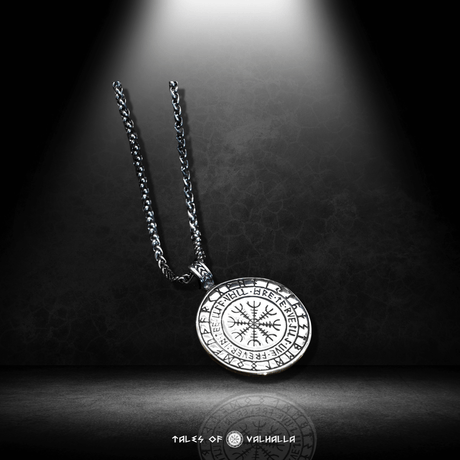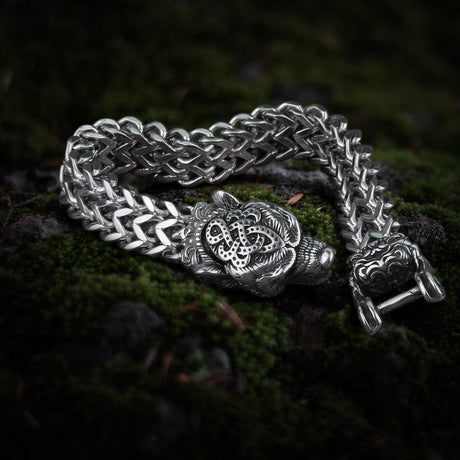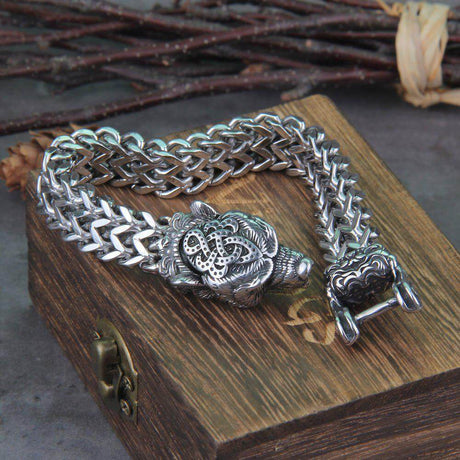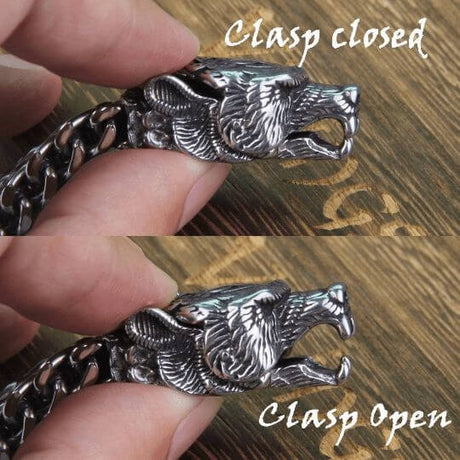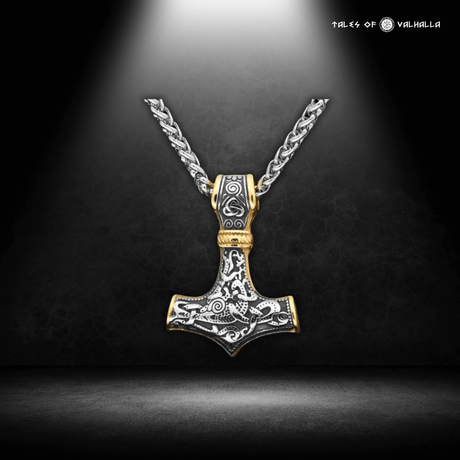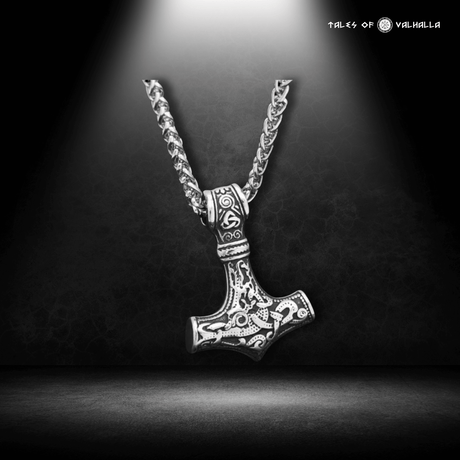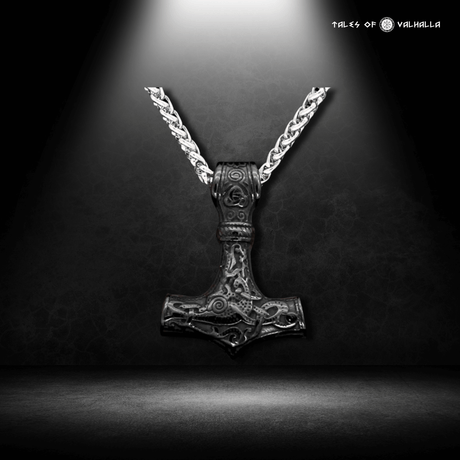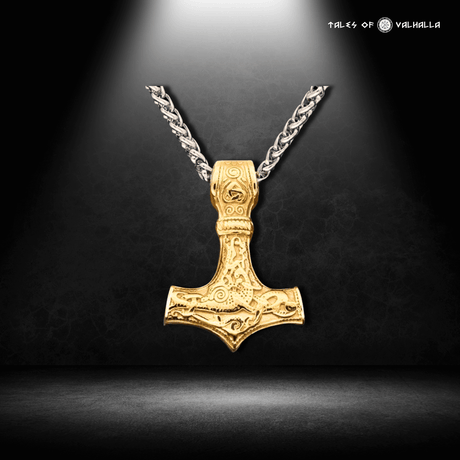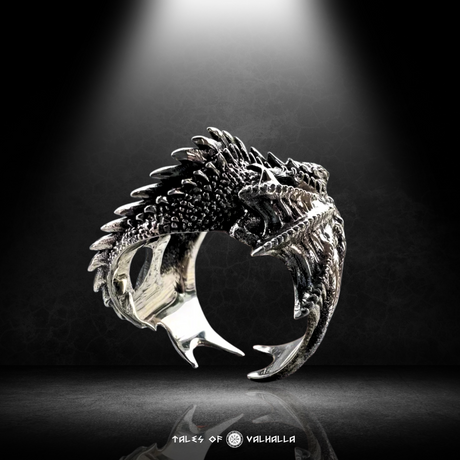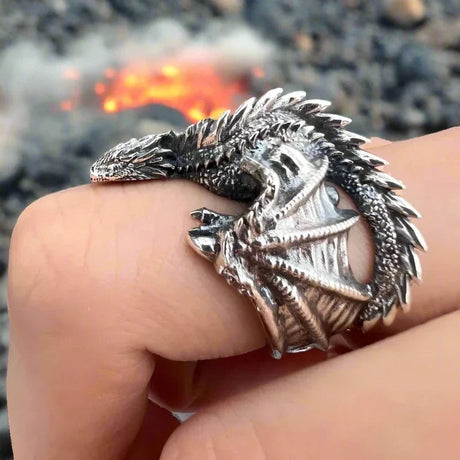Norse mythology is replete with fascinating creatures and symbols, none more captivating and formidable than dragons. These legendary beasts, often associated with chaos and destruction, hold significant roles in the myths and sagas of the Norsemen. Their presence is not merely as monsters but as potent symbols, embodying various aspects of the natural and supernatural world. Among these symbols, the Viking dragon symbol stands out, deeply embedded in the cultural and spiritual fabric of Norse society.
The Origins of Dragon Myths in Norse Culture
The concept of dragons in Norse mythology is believed to have originated from the early interaction between Norse seafarers and the natural world around them. The rugged landscapes, with their towering mountains and deep, mysterious forests, likely inspired the Norse to imagine mighty dragons dwelling in these remote areas. These creatures symbolized the untamed and often perilous forces of nature that the Vikings both revered and feared.
Dragons in Norse Mythology
In Norse mythology, dragons are depicted in various forms, from the colossal sea serpent Jörmungandr to the treasure-hoarding Fafnir. Each dragon embodies specific traits and plays unique roles within the mythological narrative.
Jörmungandr: The Midgard Serpent

Jörmungandr: The Midgard Serpent
One of the most famous dragons in Norse mythology is Jörmungandr, also known as the Midgard Serpent. This immense sea serpent, the offspring of the giantess Angrboða and the god Loki, encircles the world, holding its tail in its mouth. Jörmungandr's role is crucial in the cosmic balance, and its release is prophesied to signal the onset of Ragnarok, the end of the world.
Jörmungandr's battles with the god Thor are legendary, representing the eternal struggle between order and chaos. The serpent's immense size and power make it a formidable adversary, embodying the destructive potential of nature when unleashed.
Fafnir: The Greedy Dragon

Fafnir: The Greedy Dragon
Another prominent dragon in Norse mythology is Fafnir. Originally a dwarf, Fafnir transformed into a dragon due to his overwhelming greed. He hoarded a vast treasure, including the cursed ring Andvari's Gold. Fafnir's transformation into a dragon symbolizes the corrupting power of greed and the destructive consequences it can bring.
Fafnir's story is intricately linked with the hero Sigurd (or Siegfried), who slays the dragon and takes its treasure. This tale underscores themes of heroism, greed, and the quest for power, central elements in many Norse sagas.
Níðhöggr: The Malicious Dragon

Níðhöggr: The Malicious Dragon
Níðhöggr is another significant dragon in Norse mythology, residing in the depths of Niflheim, the realm of the dead. This malevolent dragon gnaws at the roots of Yggdrasil, the World Tree, threatening the very foundation of the cosmos. Níðhöggr's actions symbolize the forces of decay and destruction, constantly at odds with the forces of creation and preservation.
Níðhöggr's presence at the roots of Yggdrasil highlights the Norse belief in the cyclical nature of life and death, creation and destruction. The dragon's continuous gnawing is a reminder of the ever-present threat of chaos and the need for vigilance and balance.
The Symbolism of Dragons in Norse Culture

The Symbolism of Dragons in Norse Culture
Dragons in Norse mythology are not just fearsome beasts but potent symbols reflecting the beliefs and values of Norse society. The Viking dragon symbol, often depicted in intricate art and carvings, represents various aspects of their worldview.
Power and Strength
Dragons are primarily symbols of immense power and strength. Their formidable presence and destructive capabilities evoke awe and fear, reflecting the Norse admiration for physical and supernatural might. The Viking dragon symbol often adorned weapons, shields, and ships, serving as a reminder of the strength and ferocity of the warriors who bore them.
Chaos and Destruction
Dragons also embody the forces of chaos and destruction, representing the untamed aspects of nature and the cosmos. The Norse saw the world as a constant battleground between order and chaos, with dragons epitomizing the latter. The Viking dragon symbol, therefore, serves as a reminder of the ever-present threat of disorder and the need for courage and resilience in the face of it.
Greed and Corruption
Through figures like Fafnir, dragons also symbolize greed and corruption. The transformation of Fafnir from a dwarf into a dragon due to his insatiable greed highlights the Norse belief in the corrupting power of wealth and the destructive consequences it can bring. The Viking dragon symbol, in this context, serves as a cautionary emblem, warning against the dangers of avarice and moral decay.
Protection and Guardianship
Despite their association with chaos and destruction, dragons in Norse mythology also serve as protectors and guardians. The dragon Fafnir, for instance, guards his treasure fiercely. This duality reflects the Norse understanding of dragons as both destructive and protective forces, embodying the complex interplay of opposing elements in the world.
The Viking dragon symbol, often found on burial sites and protective amulets, signifies the protective qualities attributed to these mythical creatures. It suggests that while dragons are formidable and fearsome, their power can also be harnessed for protection and guardianship.
Dragons in Norse Art and Literature

Dragons in Norse Art and Literature
The significance of dragons in Norse mythology is reflected in their frequent appearance in Norse art and literature. The Viking dragon symbol is a common motif in runestones, jewelry, and artifacts, showcasing the artistic and cultural importance of these mythical creatures.
Runestones and Carvings
Runestones and carvings from the Viking Age often depict dragons intertwined with other mythical elements. These intricate designs serve both decorative and symbolic purposes, conveying stories and beliefs central to Norse culture. The Viking dragon symbol, with its elaborate and stylized form, is a testament to the artistic skill and spiritual depth of the Norse people.
Sagas and Eddas
Dragons play prominent roles in Norse sagas and Eddas, the primary sources of Norse mythology. These literary works, such as the Volsunga Saga and the Poetic Edda, contain detailed accounts of dragon encounters, emphasizing their significance in the mythological narrative. The stories of Jörmungandr, Fafnir, and Níðhöggr are integral to the rich tapestry of Norse mythology, highlighting the dragons' multifaceted roles.
Viking Ships and Architecture
The influence of the Viking dragon symbol extends to Viking ships and architecture. The dragon-headed prows of Viking longships, known as "drakkar," are iconic representations of the Viking dragon symbol. These fearsome designs served to intimidate enemies and evoke the protective and powerful qualities of dragons.
In architecture, dragon motifs were often incorporated into the design of stave churches and other structures, symbolizing protection and strength. The use of the Viking dragon symbol in these contexts underscores its pervasive influence in Norse society.
The Enduring Legacy of Dragons in Norse Mythology

The Enduring Legacy of Dragons in Norse Mythology
The legacy of dragons in Norse mythology endures to this day, reflecting the timeless appeal and profound symbolism of these mythical creatures. The Viking dragon symbol continues to captivate and inspire, appearing in modern interpretations of Norse mythology, popular culture, and artistic expressions.
Modern Interpretations
Contemporary works of fiction, films, and video games often draw inspiration from Norse mythology, featuring dragons as central characters and symbols. The Viking dragon symbol, with its rich history and multifaceted meaning, resonates with modern audiences, reflecting enduring themes of power, chaos, and heroism.
Cultural Festivals and Reenactments
Cultural festivals and historical reenactments celebrating Viking heritage frequently feature dragon motifs and symbols. These events serve to preserve and promote the rich cultural legacy of the Norse people, highlighting the significance of dragons in their mythology and art.
Artistic Expressions
Artists and craftsmen continue to draw inspiration from the Viking dragon symbol, creating works that blend traditional motifs with contemporary aesthetics. From jewelry and tattoos to digital art and sculptures, the enduring appeal of the Viking dragon symbol is evident in its continued relevance and popularity.
Conclusion
The history of dragons in Norse mythology is a testament to the rich and complex belief system of the Norse people. These formidable creatures, embodying power, chaos, greed, and protection, play crucial roles in the mythological narrative and cultural heritage of the Vikings. The Viking dragon symbol, deeply embedded in Norse art and literature, continues to captivate and inspire, reflecting the timeless allure and profound symbolism of these mythical beasts. Whether as fearsome adversaries, protective guardians, or cautionary emblems, dragons in Norse mythology remain powerful symbols of the eternal struggle between order and chaos, a testament to the enduring legacy of the Norse cultural and spiritual worldview.

